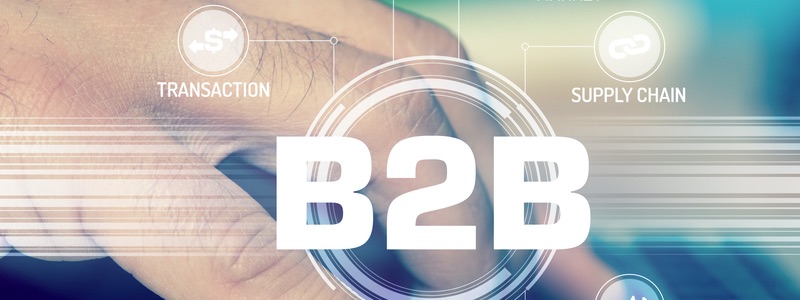
Common B2B ecommerce mistakes involving customer service include the inability of a merchant’s personnel to replicate the experience of buyers.
For 10 years I have consulted with B2B ecommerce companies worldwide. I have assisted in the setup of new B2B sites, in optimizing existing B2B sites, and with ongoing support for B2B sites.
This post is the second in a series in which I address common mistakes of B2B ecommerce merchants. The first post addressed B2B mistakes in catalog management and pricing. For this installment, I’ll review mistakes related to user management and customer service.
B2B Mistakes: User Management, Customer Service
Missing users. B2B customers add new employees and users routinely. Often a B2B buyer will punch out with a user name that does not exist on the merchant’s website, resulting in a failed transaction. This requires the merchant to manually add a new user before she can make a purchase.
Difficult user setup. Some B2B merchants require multiple checks and verifications before a user is set up on the site, occasionally taking days to complete the process. Merchants should make user setup as simple as possible and even consider automatically setting up new users as part of the punchout request.
Missing roles. B2B customers often create new roles and duties. The customer then uses these new roles during a punchout transaction, causing the transaction to fail. The merchant must then manually adjust the role and the associated privileges. Similar to missing users, merchants should expedite the process of adding or adjusting buyers’ roles.
Out-of-sync password. Occasionally a password is changed on the customer’s site but not on the merchant’s, which causes the punchout transaction to fail. Merchants should sync passwords with their customers’ platforms.
Poor login, passwords. I’ve seen B2B customers create a single login to a merchant’s site for the entire company. This greatly increases the chances of a security breach. I’ve also seen customers that have no password or a blank password to a merchant’s site! This is even riskier.
No order-on-behalf capability. B2B customer-service agents need the capability to simulate a user’s shopping experience to understand problems. This is called “order-on-behalf.” But most B2B platforms do not support it, preventing the agent from a timely resolution of an issue.
Limited view of the order’s journey. Customer-service agents require visibility into a buyer’s complete order journey — if products been picked up, shipping status, in-transit details, and when delivered. In my experience, most B2B customer-service tools can share only three pieces: if the order has been placed, if it has been shipped, and the tentative delivery date. This often does not provide enough info to the customer.
Lack of punchout visibility. Often customer-service agents can only see order transactions, not when the user punched out and what products were punched back. This lack of visibility limits agents from resolving punchout problems.
No quick access to customer-specific pricing. Most customer-service agents cannot easily confirm that the price shown to the buyer matches the contracted price. This can require agents to spend hours resolving pricing questions, which can frustrate the buyer and even jeopardize the overall relationship.
Limitations around issuing refunds. Often buyers will ask customer-service agents to issue refunds. But many B2B platforms are not designed to do that. Most have a complicated refund process, often requiring the involvement of accounting personnel. The result, again, is a frustrated customer.
See the next installment: “Part 3: Shopping Carts, Order Management.”





